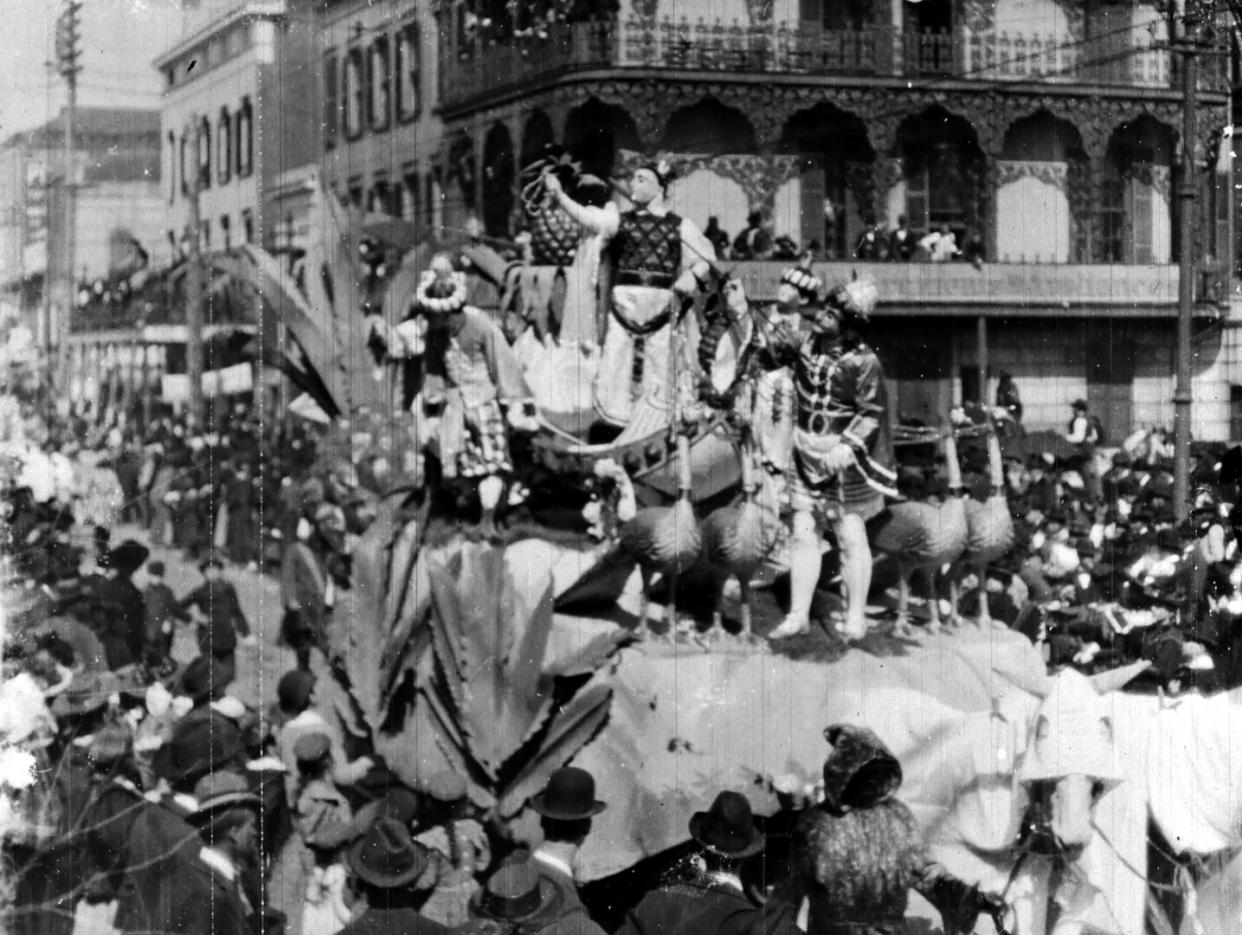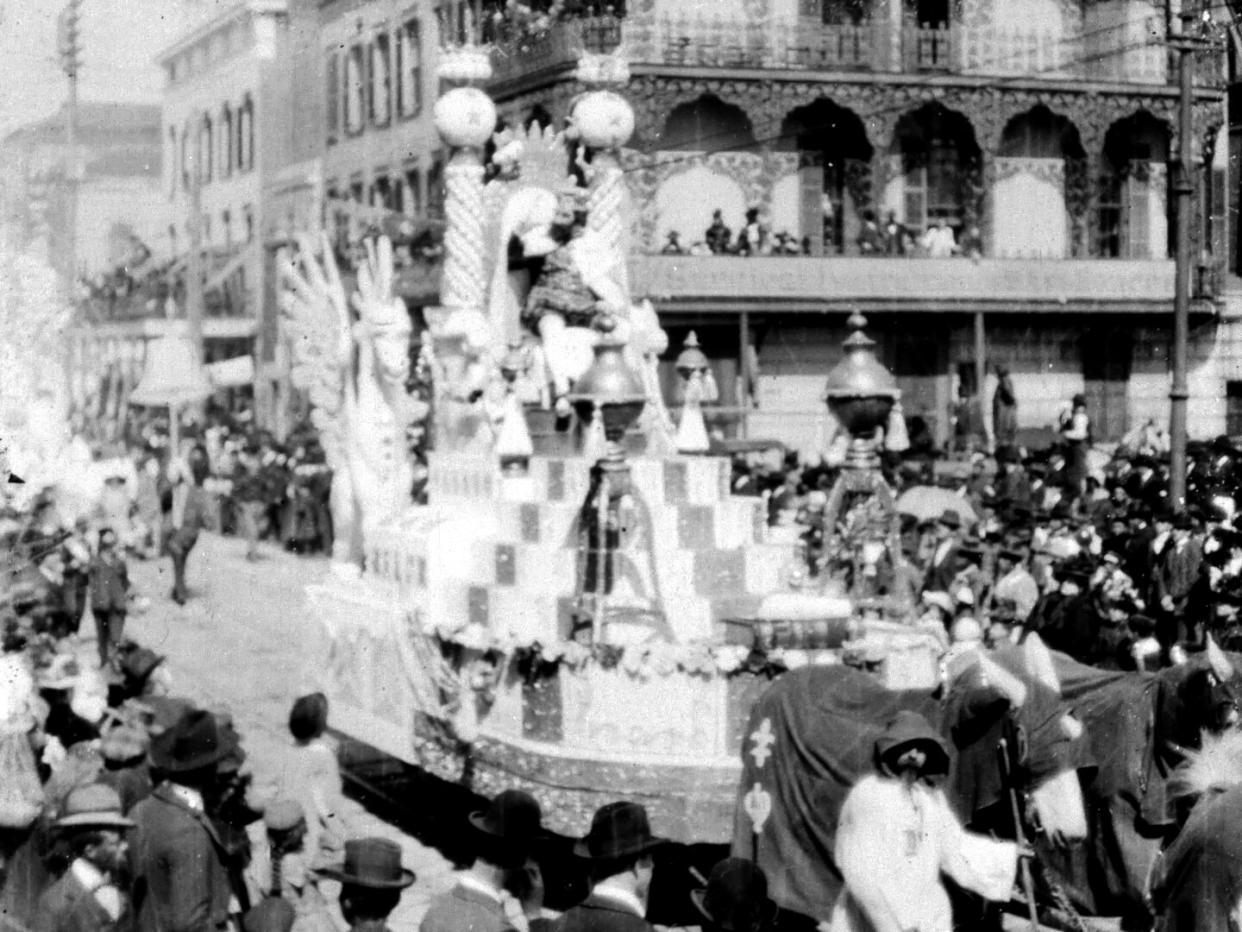Oldest-known footage of New Orleans found in Europe

Eye Filmmuseum
After decades of sleuthing, a piece of New Orleans history has finally been located halfway around the world.
Arthur Hardy, the publisher of an annual New Orleans Mardi Gras guide, spent years looking for a film of the Mardi Gras parade from 1898. According to The Times-Picayune/The New Orleans Advocate, numerous dead ends eventually led him to Wayne Phillips, a curator at the Louisiana State Museum. Phillips reached out to Will French, an in-house historian for the Rex Organization, who contacted film archivist Mackenzie Roberts Beasley.
In March, Beasley managed to do the impossible. She located the historic film nearly 5,000 miles away, at the Eye Filmmuseum in Amsterdam.
Phillips told Southern Living that not only is it the oldest moving film of a New Orleans Mardi Gras parade, it's also the oldest surviving moving footage of New Orleans.
"This probably, in Louisiana film history, is the most important find," Ed Poole, author of several books on the subject, told The New York Times.
The theme of the Mardi Gras in 1898 was "Harvest Queens," with horse-drawn floats each symbolizing a different crop. The film shows six such floats, including one designed to resemble a pineapple. Another features the Rex, the "King of the Carnival," on a float decorated with tasseled globes and a giant pegasus.
The film also offers a glimpse at the long-forgotten tradition of the live "boeuf gras," or fatted ox, seen positioned atop a float. The "boeuf gras" in today's Mardi Gras parades is made out of papier-mâché. And in place of colorful beads and feathers, the spectators are accessorized with top hats and parasols.

Eye Filmmuseum
"It's certainly grown and changed a bit, but at its core, Mardi Gras is the same," Hardy told The Times. "We parade; we celebrate. This is who we are."
The two-minute, 68-millimeter film was shown publicly this month at the Louisiana State Museum. It's also included in an ongoing exhibition celebrating the 150th anniversary of the Rex Organization.
For more information, visit louisianastatemuseum.org.
